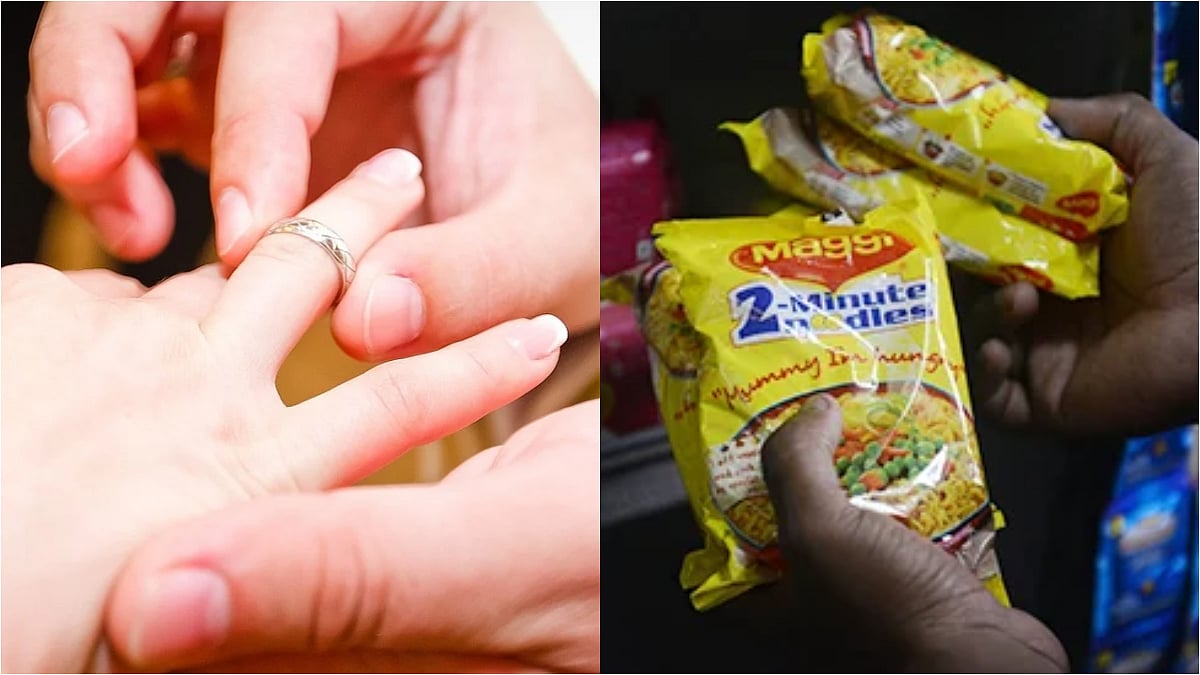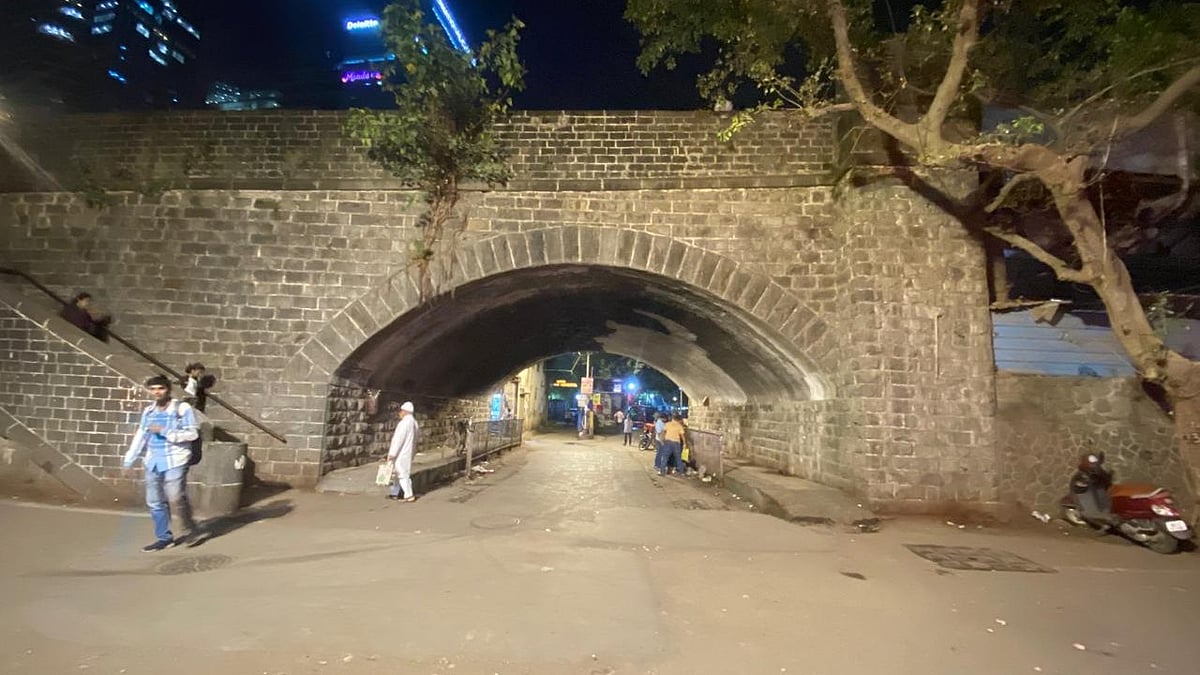What did you do with your old Nokia phone? For many, these phones still lie around in corners of the house as a reminder of a nostalgic past. But there are some who might have thrown it away in the bin. And that’s what we are here to talk about. Discarded computers, motherboards, printers, mobile phones, adapters, CD discs, earphones, TVs, refrigerators are ending up in landfills. In hundreds of places across the globe ‘e-waste mountains’ or ‘heaps of these discarded electronic gadgets and appliances’ have now become a matter of concern for the government and the public. Adding to this would soon be e-rickshaws, electric buses, and electric cars that would eventually meet the same fate.
If reports by scientific journals are to be believed, India alone generates more than two million tonnes of e-waste every year. After the US, China, Japan and Germany, India also counts in the list of most e-waste producing nations. While most of the developed nations have a formal policy on e-waste discarding, India still lacks any policy framework.
Matter of concern
E-waste is an umbrella term. On the basis of composition and component, e-waste in classified. Ferrous and nonferrous metals, glass, plastics, pollutants are the major components of any gadget. Besides, there are many gadgets that contain toxic chemicals. If not handled with care, the chemicals seep into the soil and contaminate the groundwater.
Did you say gold?
Yes, your smartphone does contain valuable metal including copper, aluminium, platinum and even gold. Not just smartphones but many other gadgets use minute quantities of these precious metals to create circuits. Smartphone manufacturers use gold as it’s a great conductor of electricity. It’s also used as conductors and connectors to transmit digital data fast and with accuracy.
Formal recycling
“There are several steps to the recycling process. It all starts with shredding and sorting, once you have collected the devices. Shredding basically means breaking e-waste into smaller pieces. Now, this is a labour intensive task in India. Generally, manual labourers slowly retrieve the parts intended for re-use and preserve them,” said Prof Partha De, a researcher working on e-waste recycling.

Next comes the processes of dust extraction and water separation technique. These are essential to make the glass particles separate out of plastic and keep various components separate from each other. And, finally, these would be carefully re-sorted and made ready for selling to the factories manufacturing electronic items.
The damage
Whatever you read above might sound a bit complex. But that’s only 20% of e-waste, which undergoes such a process. “The majority of India's e-waste doesn’t go to any laboratory. They end up in slums in the metro cities, where these pose a serious threat to the health of the slum workers and the environment. Toxic elements like lead, beryllium, cadmium, mercury now share shelter with the slum dwellers,” added De.
The blame game
Since India lacks a proper policy framework, nobody is bothered about waste generation. Given the fact that the recycling process is tedious and expensive, manufacturers stay away. On the other hand, the consumers aren't properly aware of the health hazards.
Exchange programme
While many stores including e-commerce offer exchange programmes where you can take your old gadget and get some discounts on the new one, the programme hasn’t helped much in the process as the incentives aren’t alluring. A one-year old smartphone bought at Rs 35,000 would fetch only Rs 5,000 to Rs 6,000.
Reuse and reduce
While recycling of e-waste is still a mess, a few non-profits working in the digital sector are helping. One such is Advaita Bodhi Foundation, which is setting up gamified digital hubs called ‘Jana Pragati Udyog’ in remote villages of the Eastern and North Eastern India to train the marginalised communities in digital literacy. They have tied up with leading tech manufacturers in India and accepting computers and tablets, that are then sent to these digital hubs for the underprivileged people to train.













